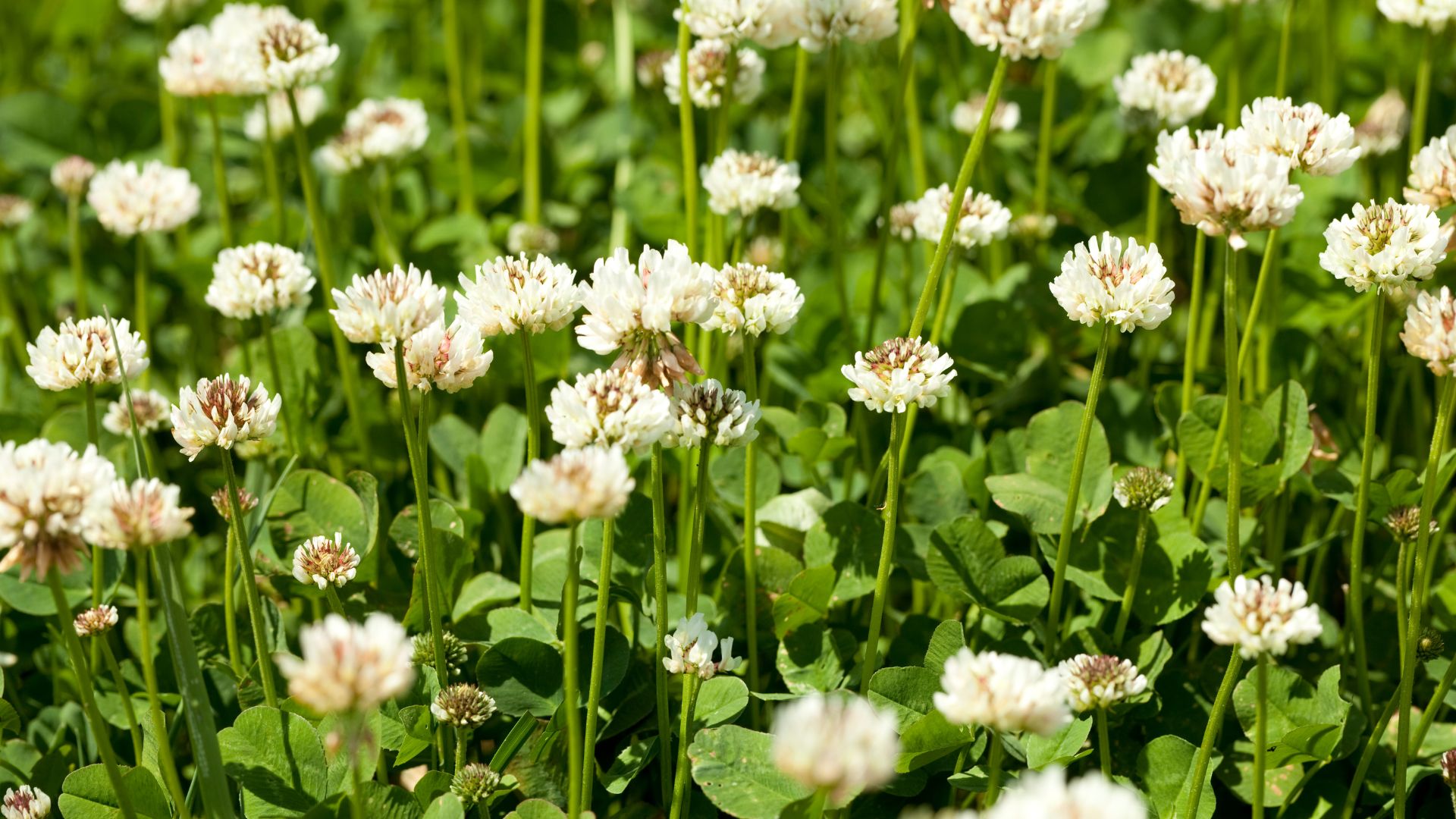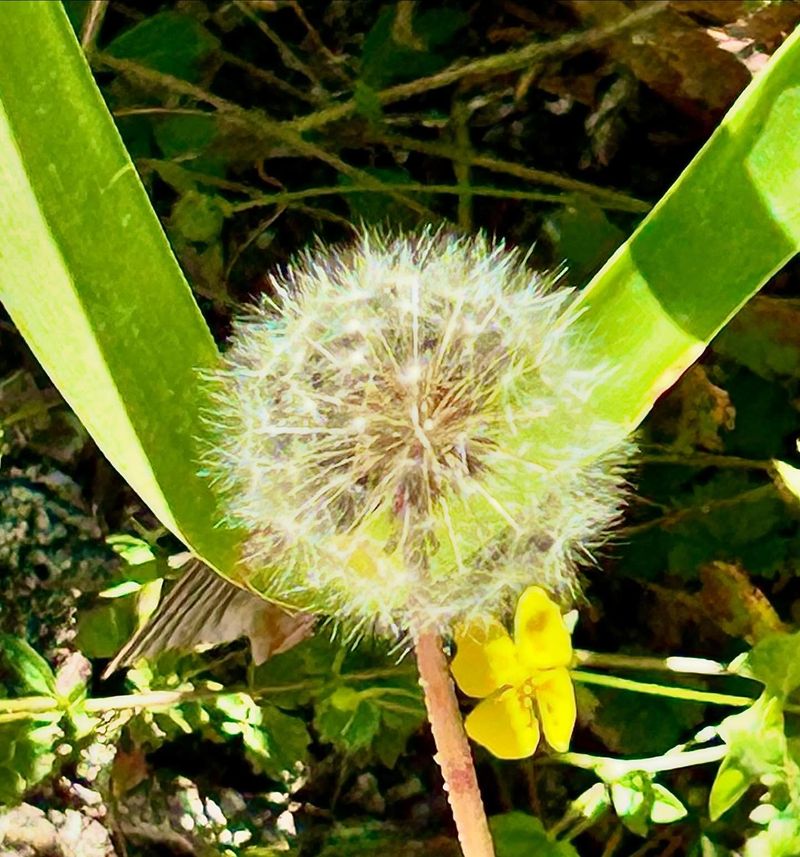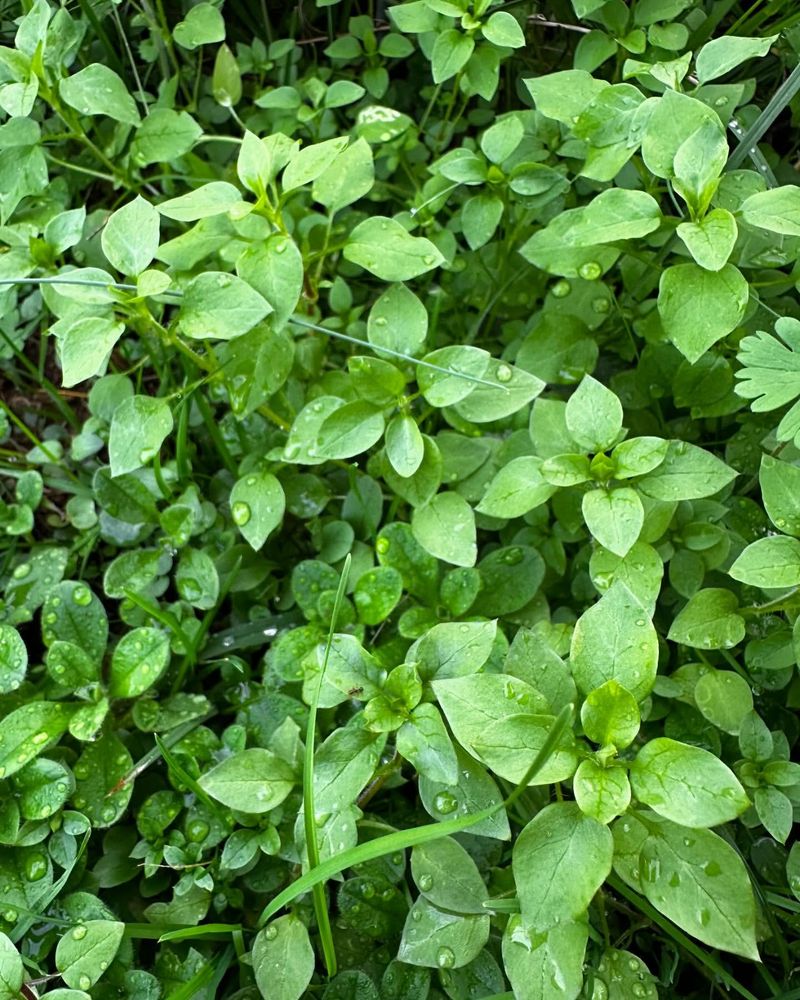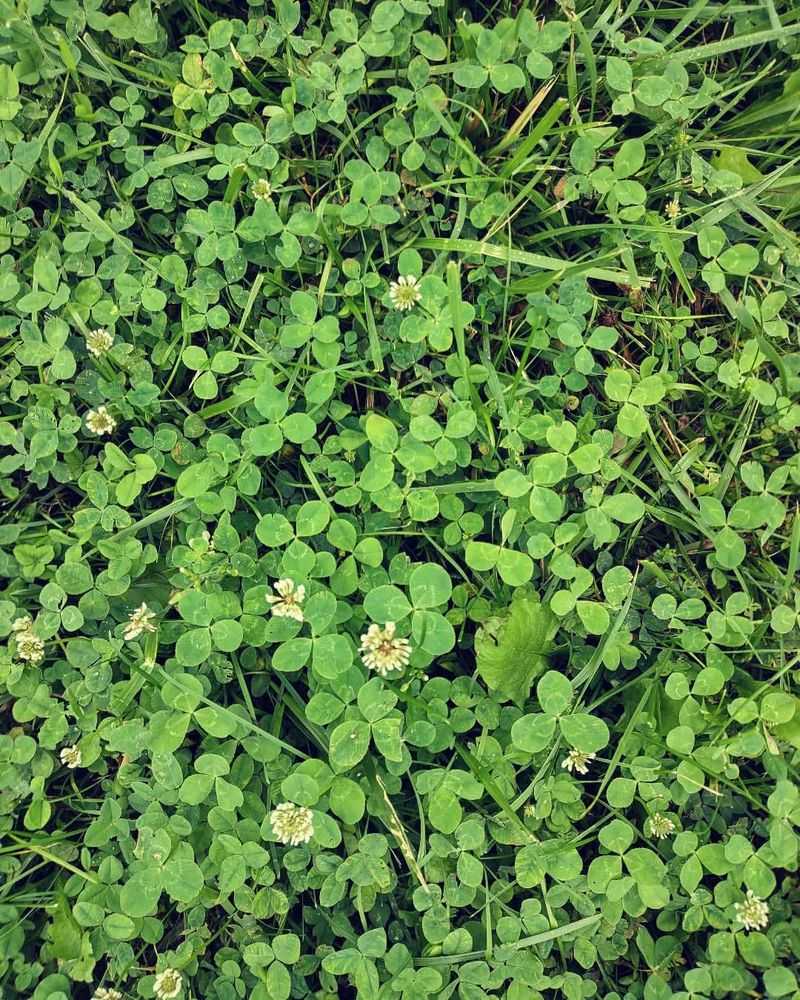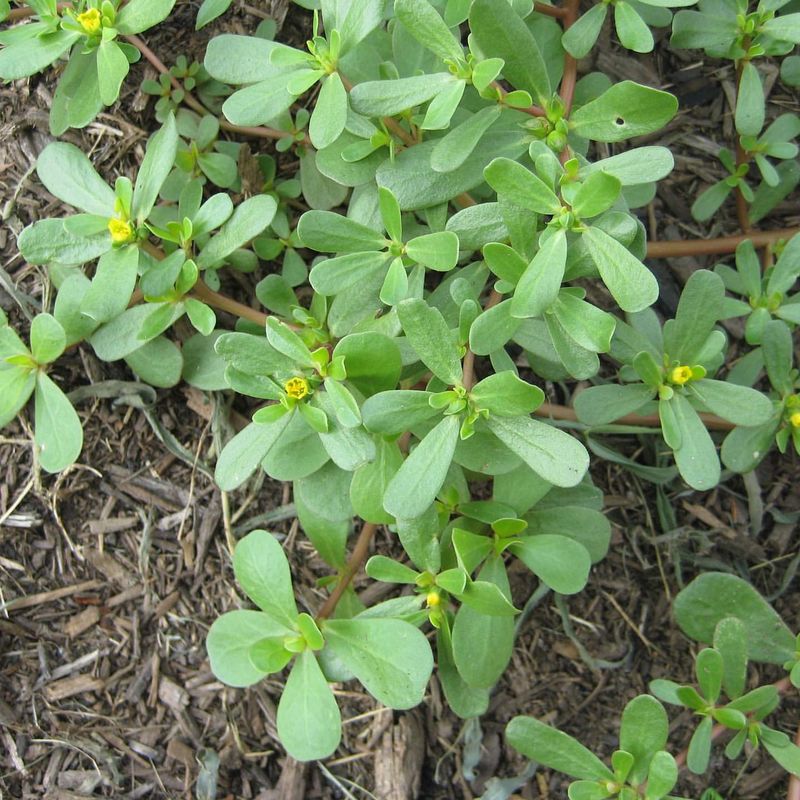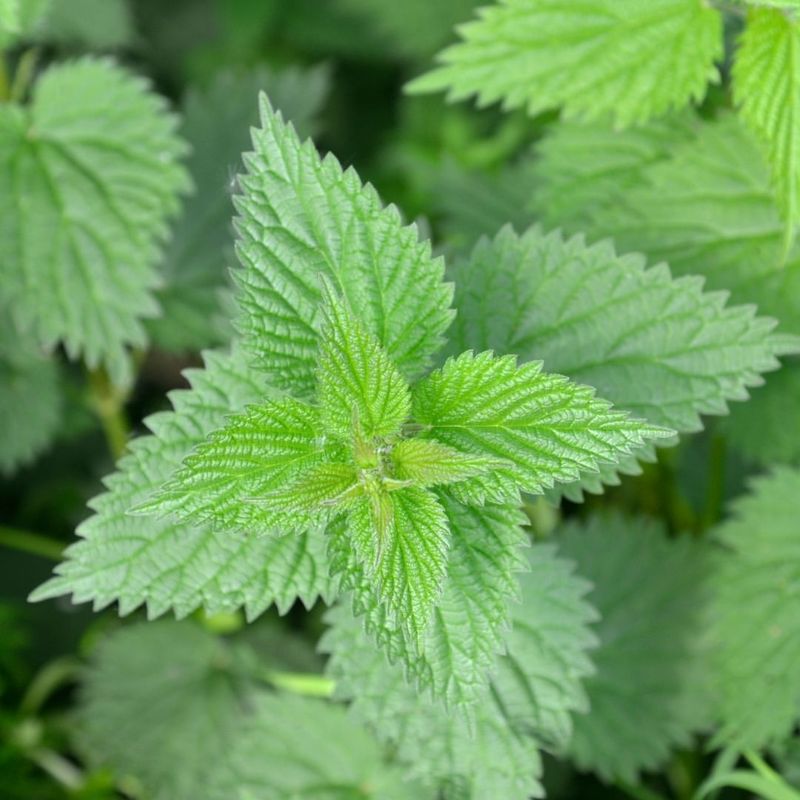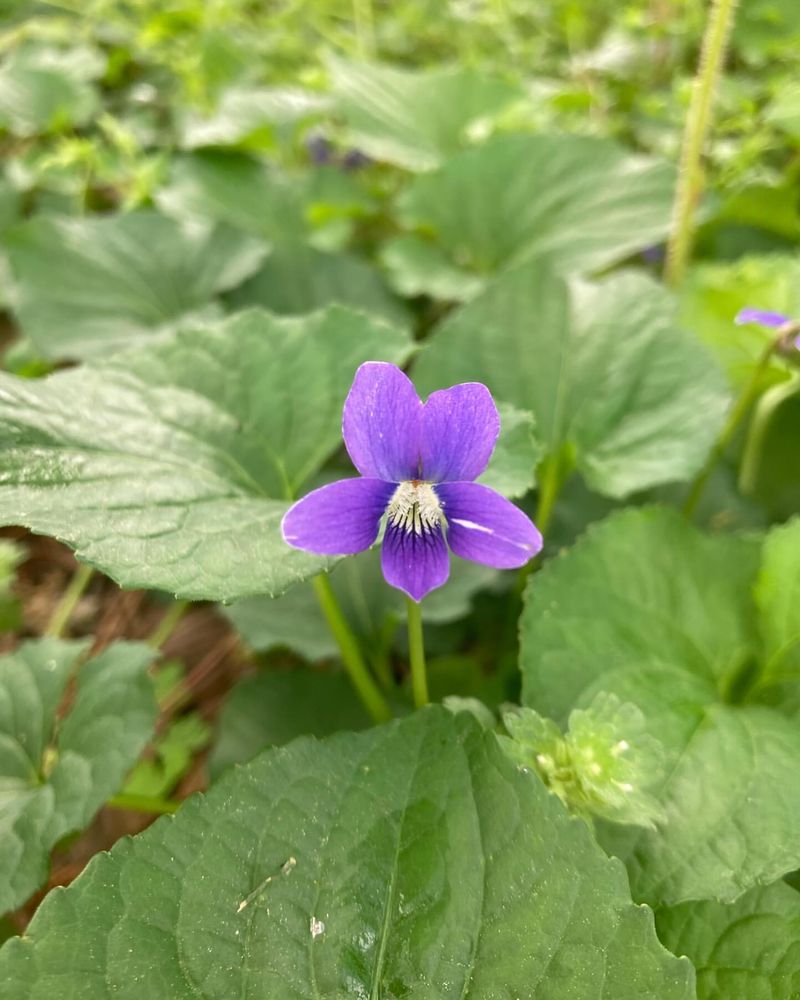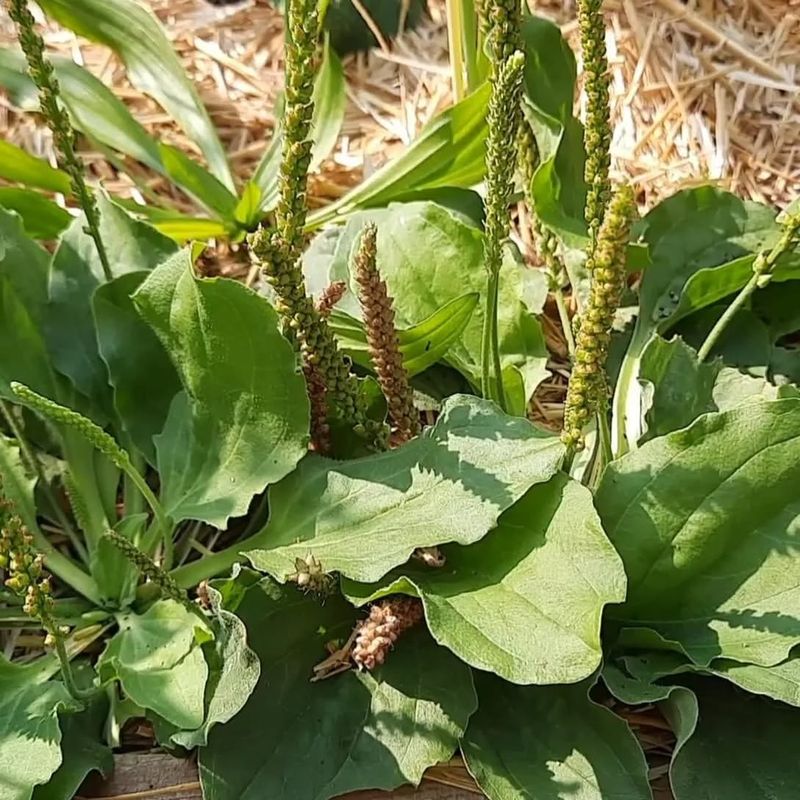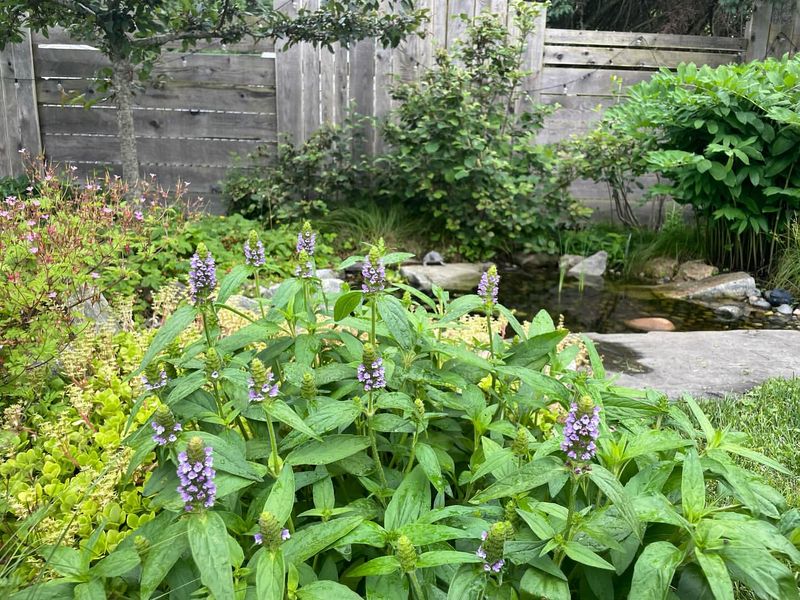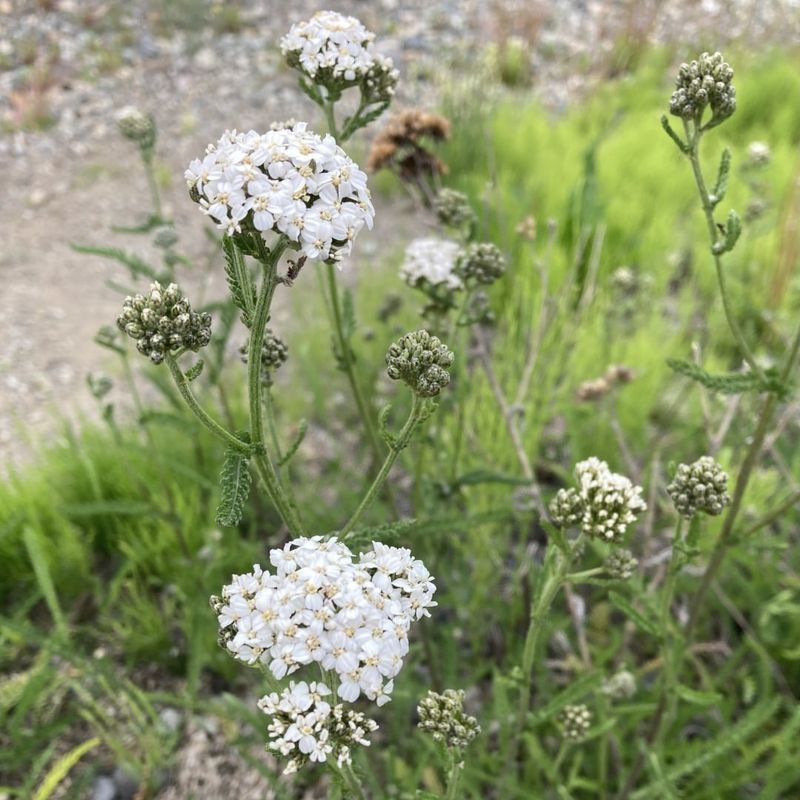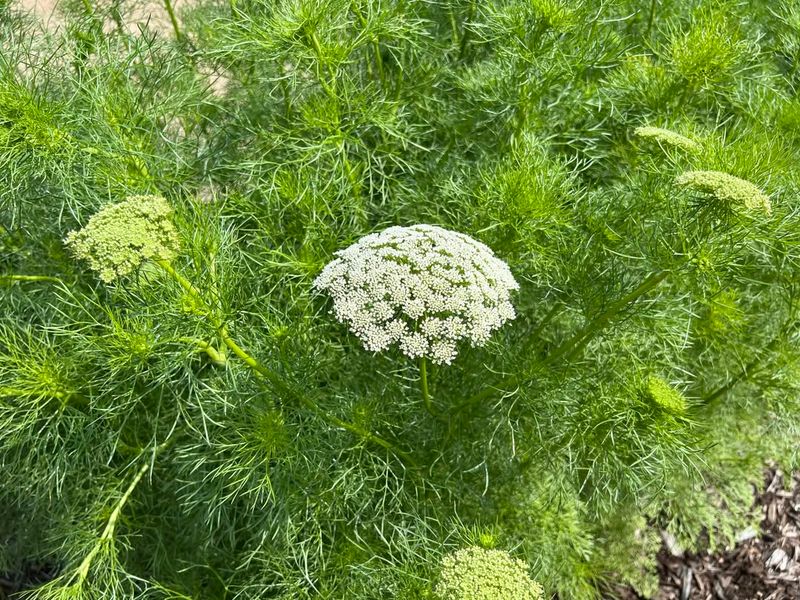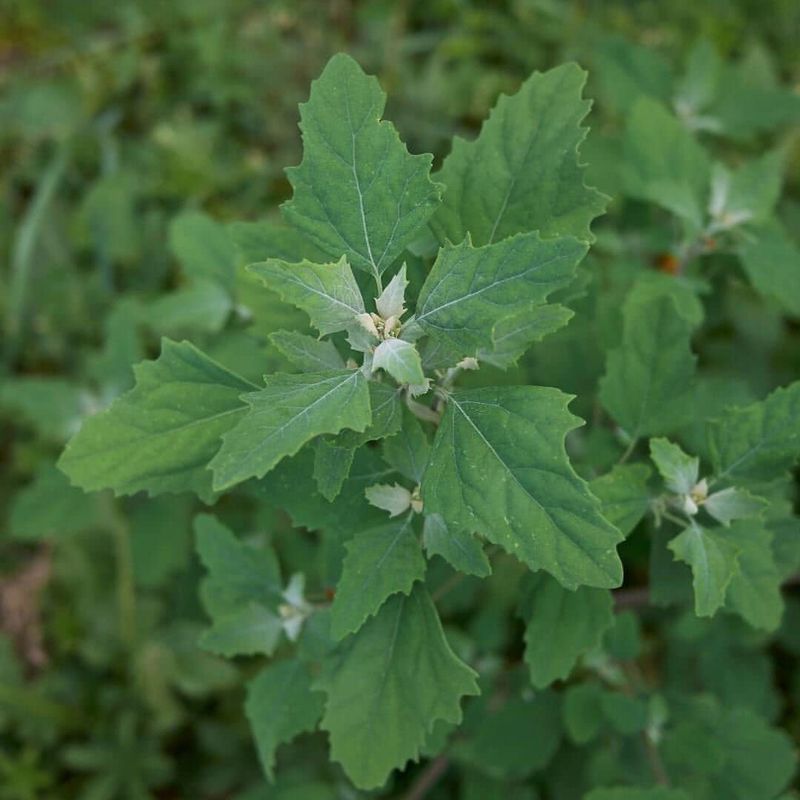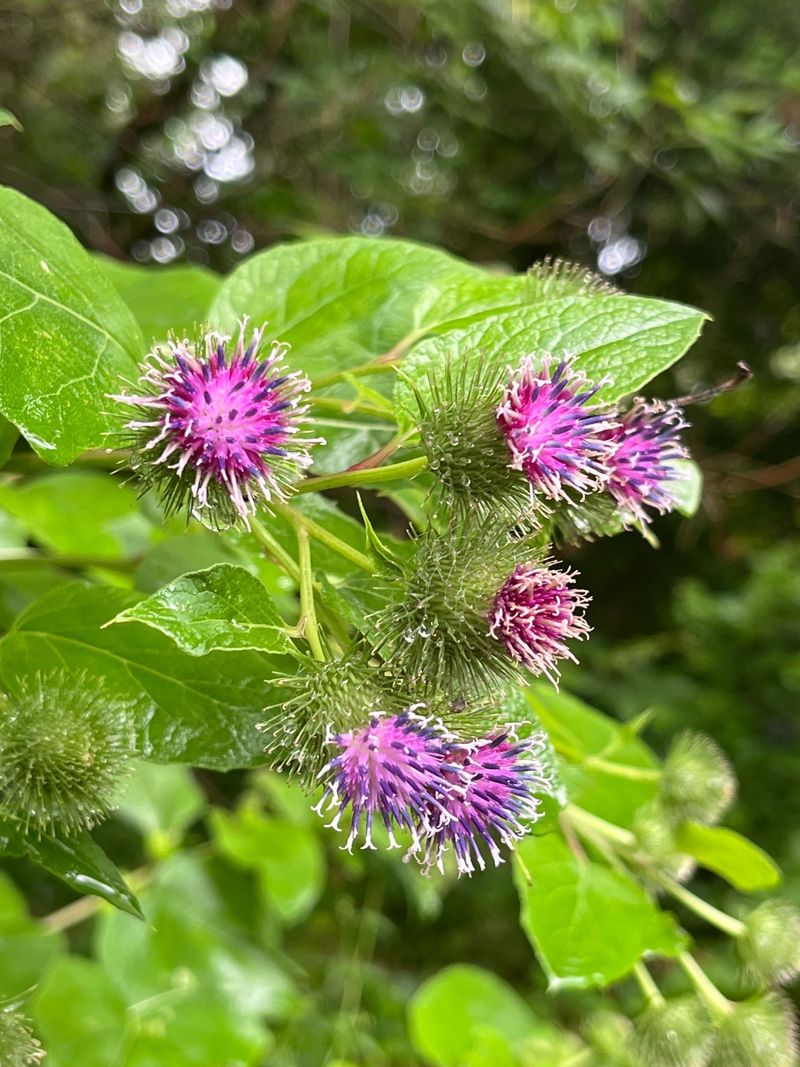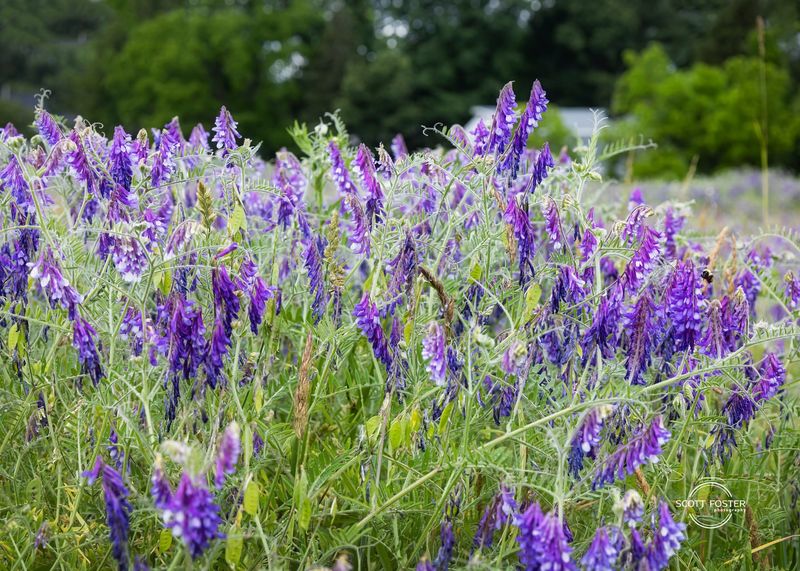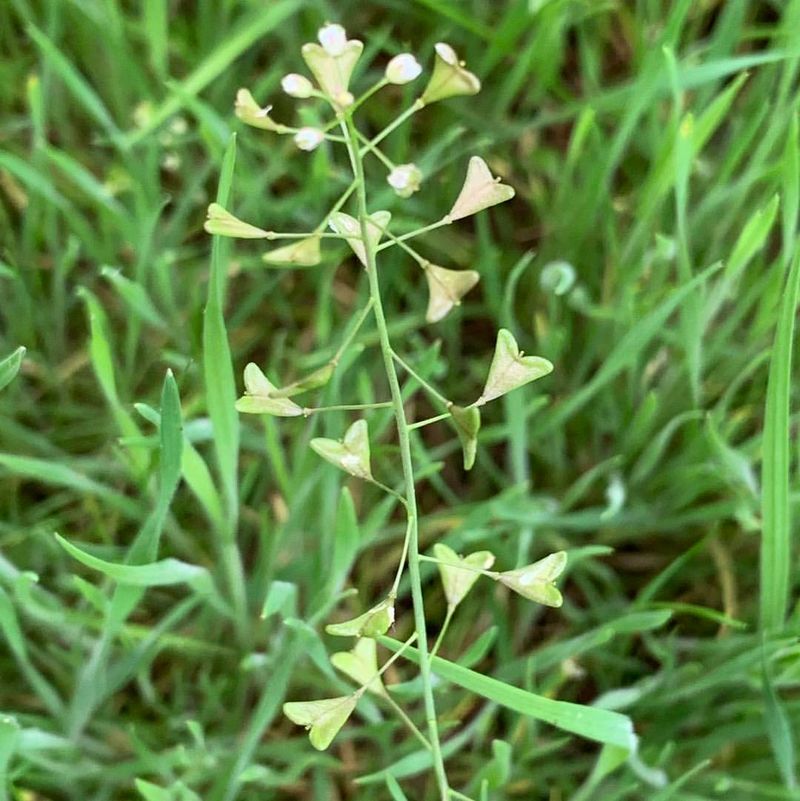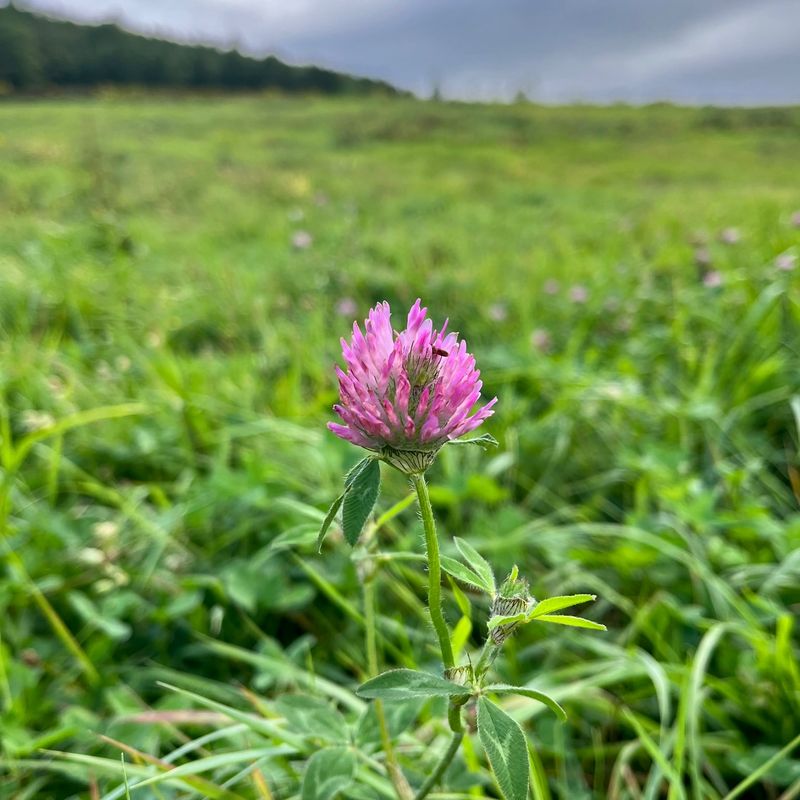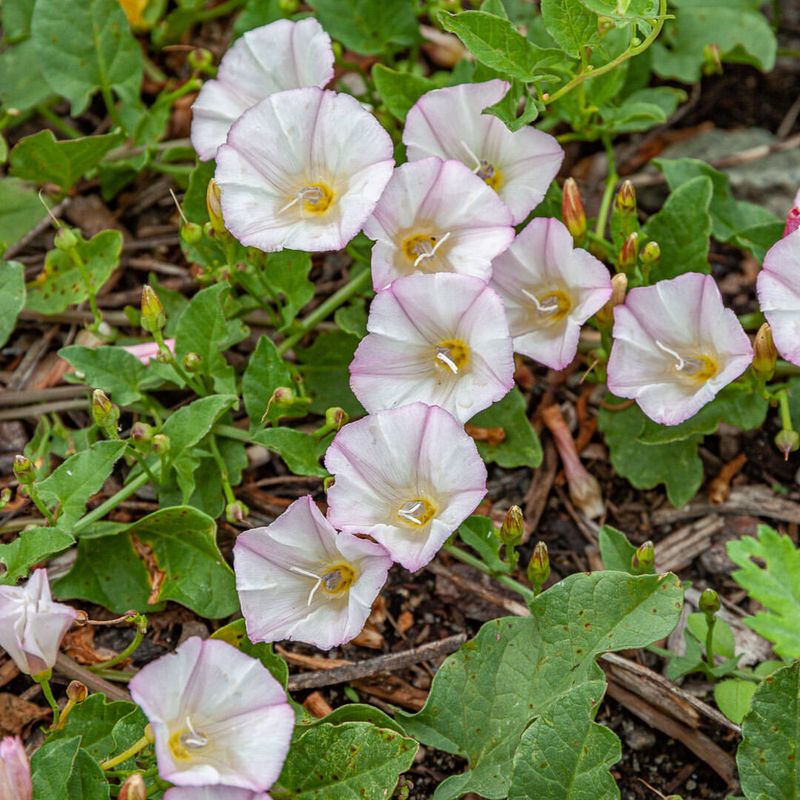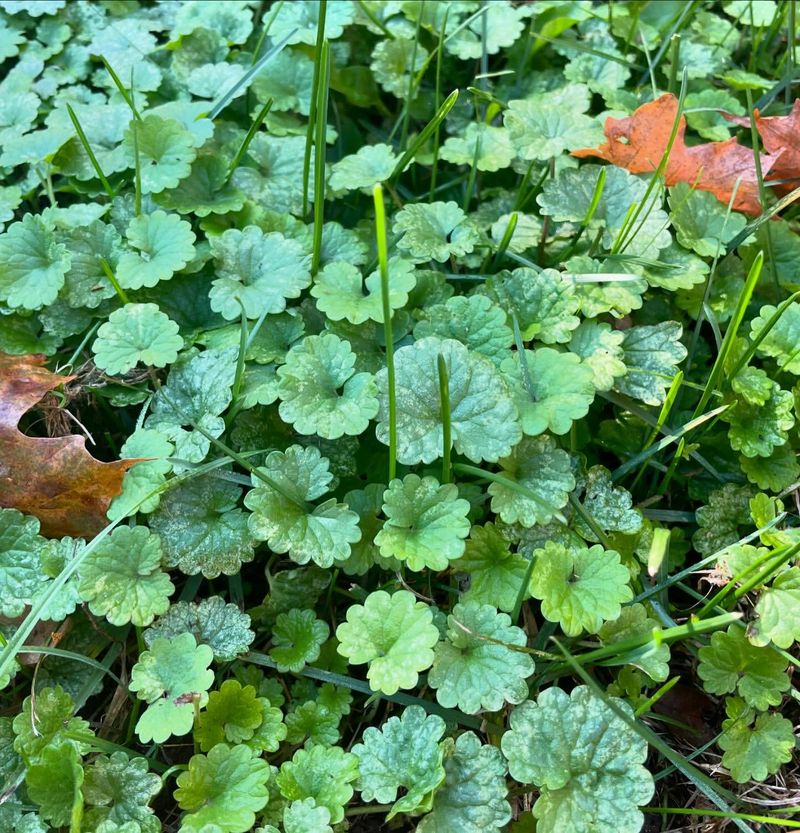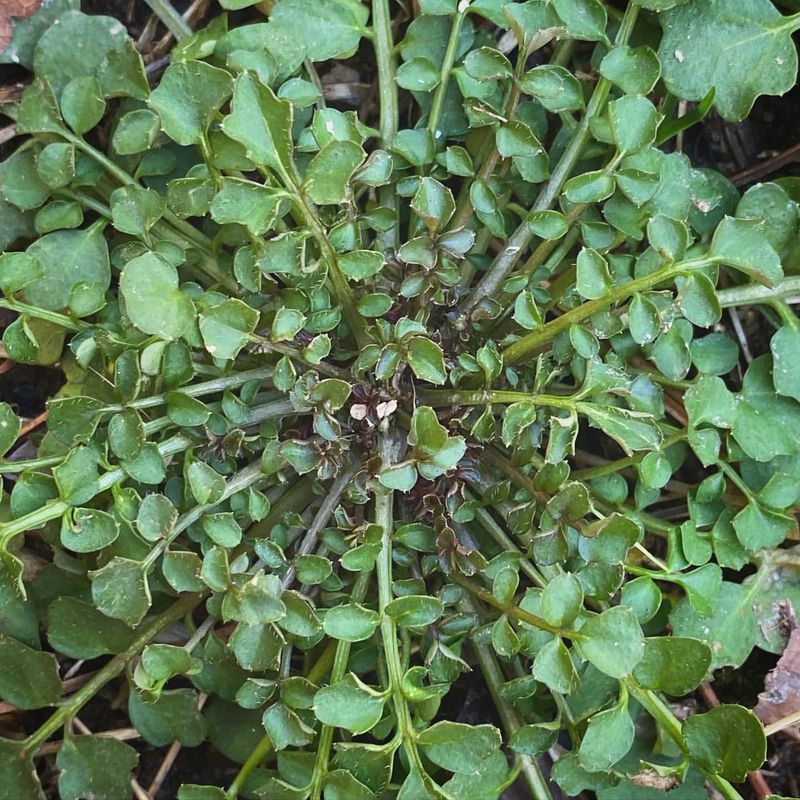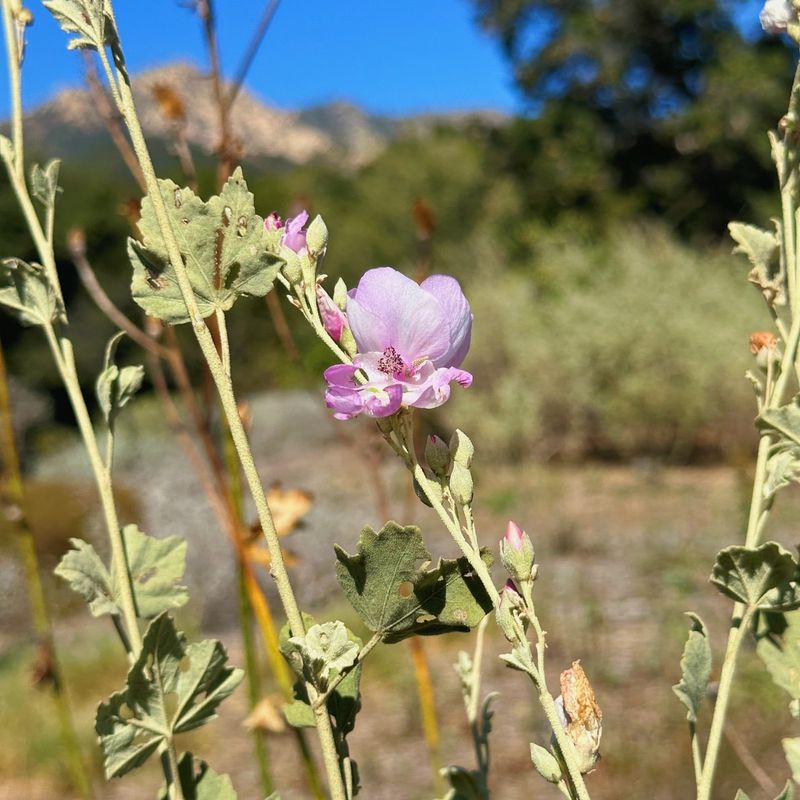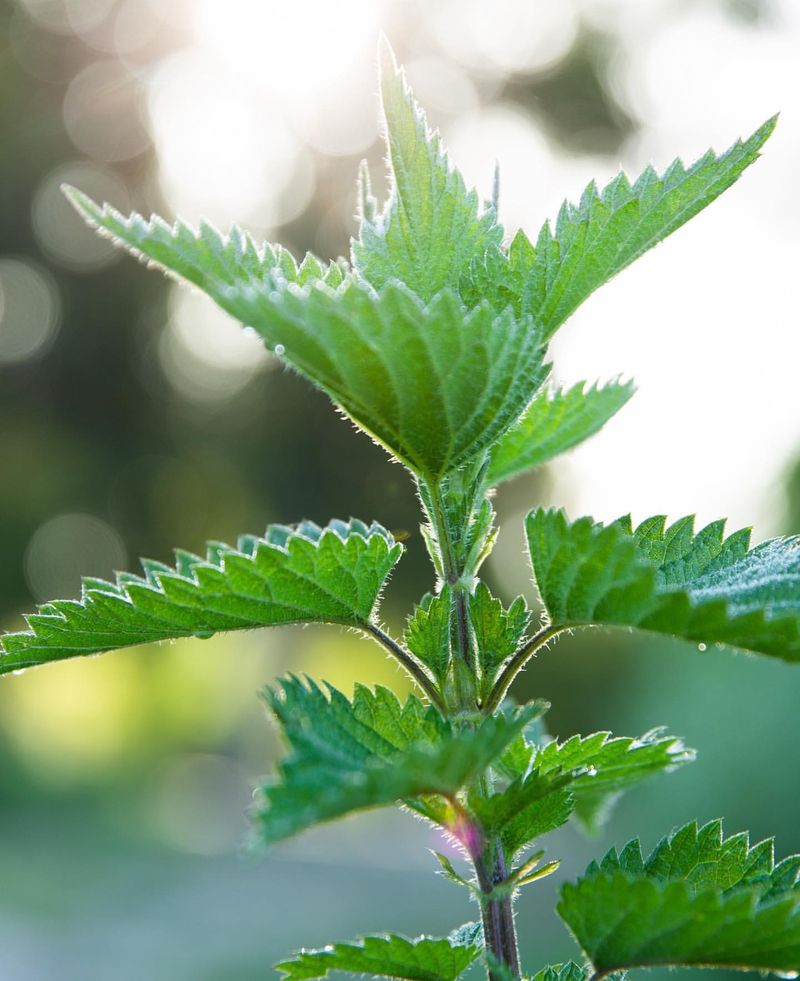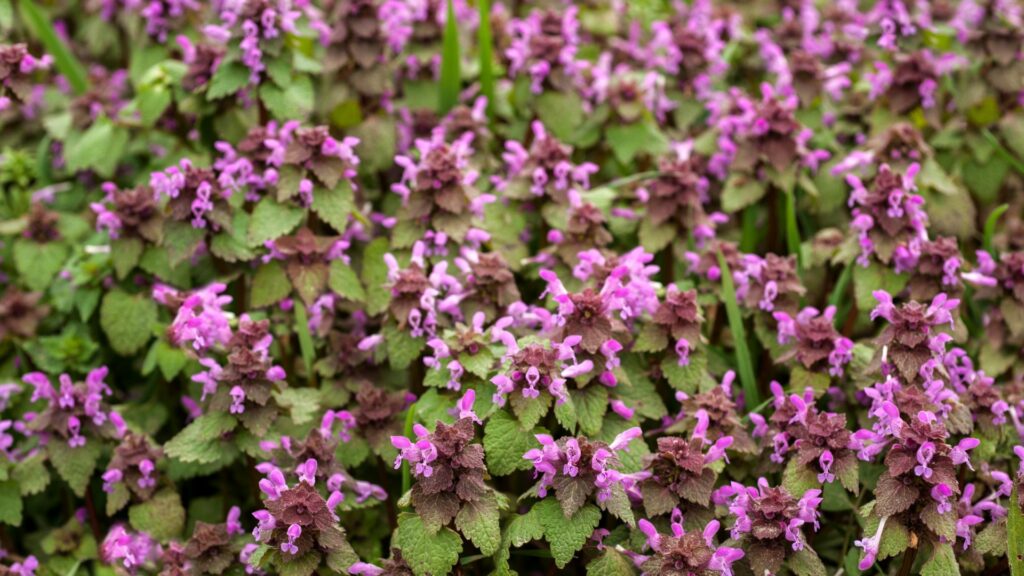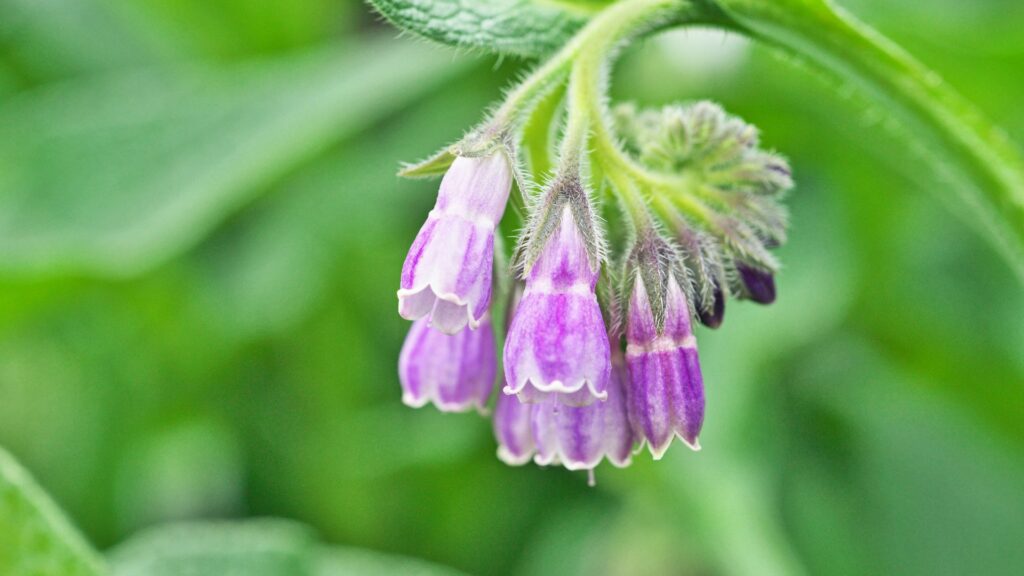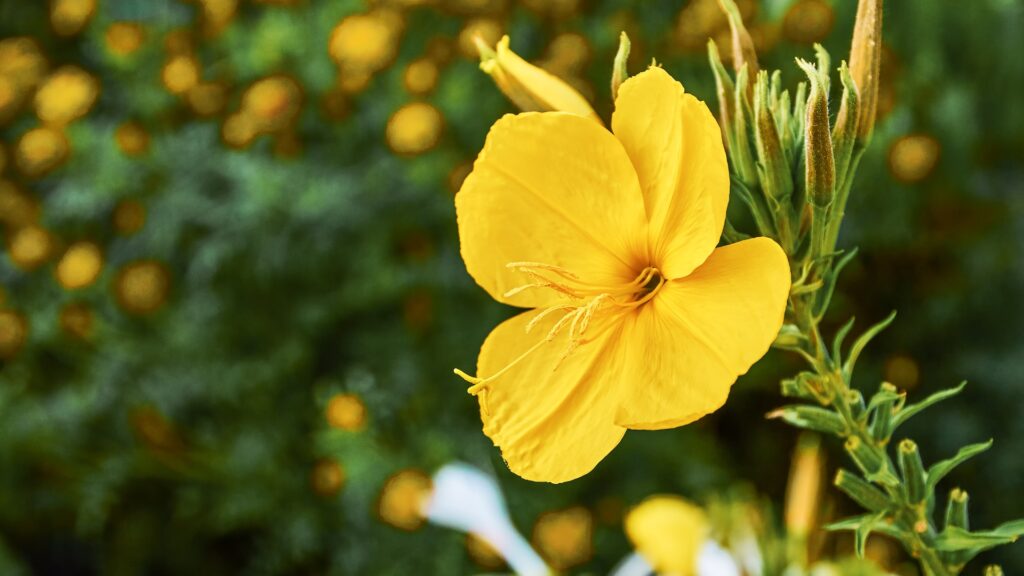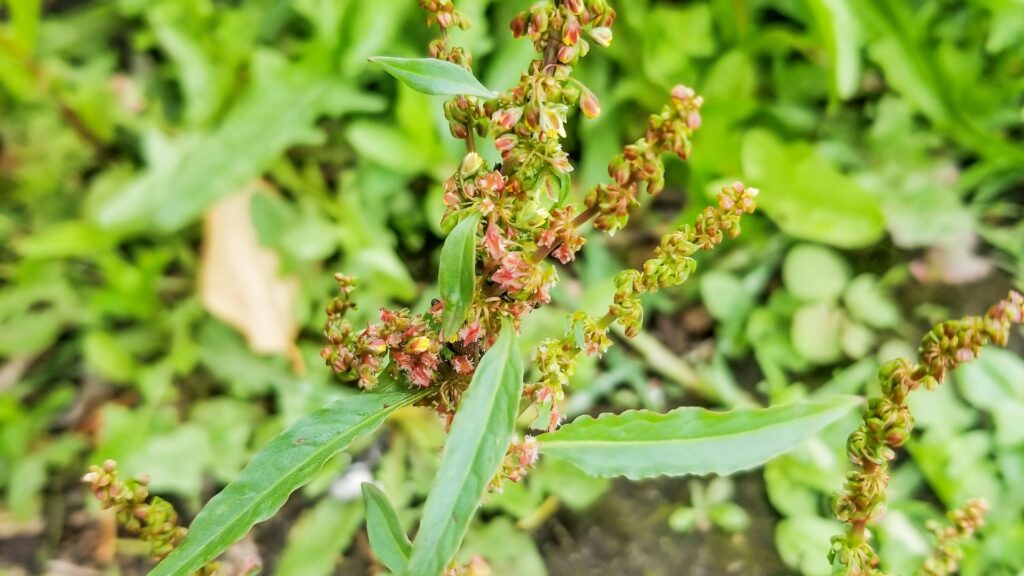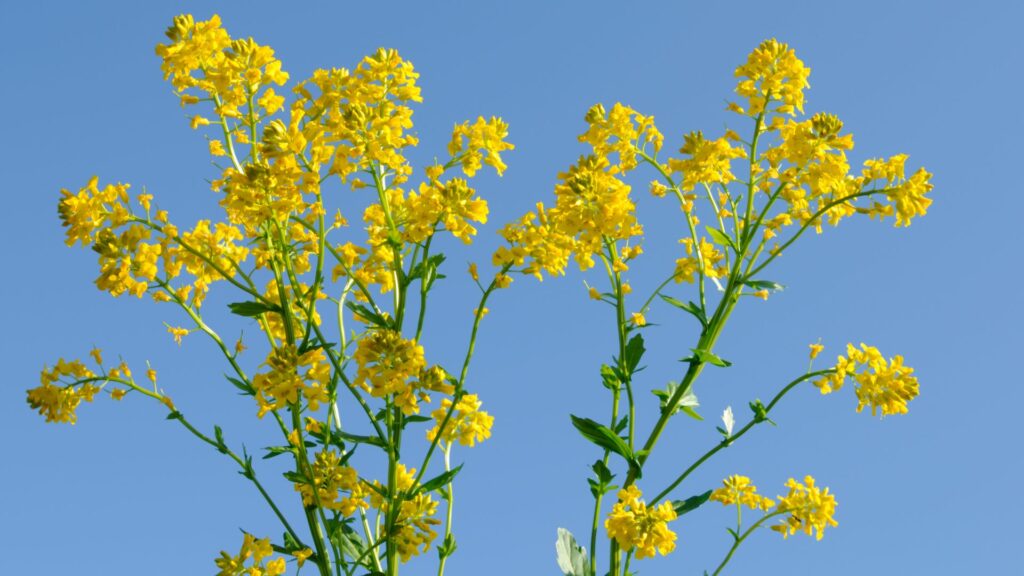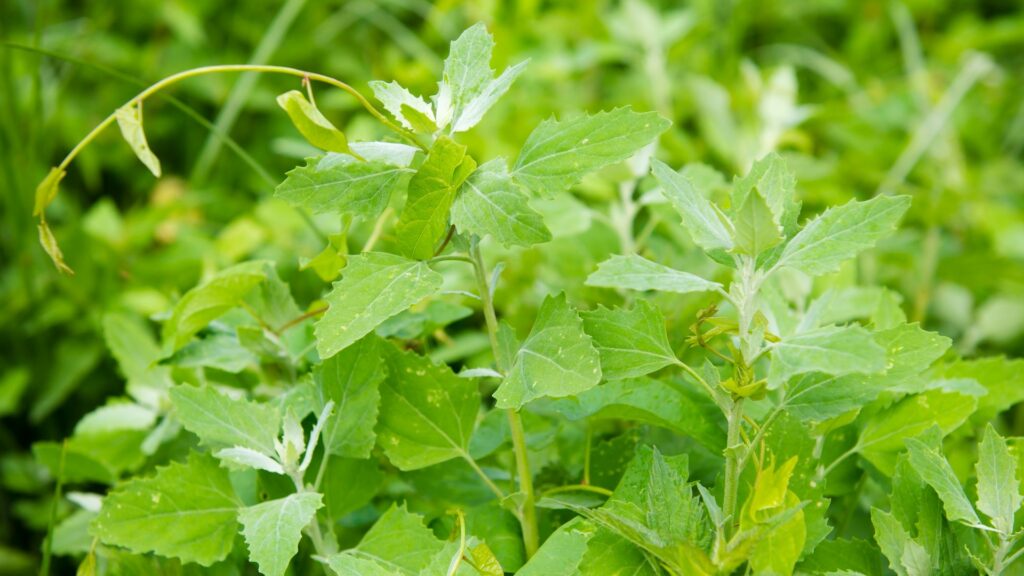Not all weeds are the garden’s bad guys—some are diamonds in the rough just waiting to shine! These so-called “nuisances” are actually secret superstars, working behind the scenes to boost soil health, serve up natural medicine, and roll out the welcome mat for pollinators.
So before you yank them out root and stem, take a moment to see what they’re really bringing to the table. From healing herbs to leafy snacks, these humble plants pull double duty and then some. Here are 26 weeds that just might earn a permanent place in your garden’s good books!
1. Dandelion
Who hasn’t blown a dandelion puff and made a wish? Dandelions, with their sunny yellow blooms, are more than just wish-makers. These golden beauties are edible and packed with vitamins A and C, making them a nutritious addition to salads.
Moreover, they help aerate the soil with their deep taproots, promoting healthy garden beds. So, next time you see these cheerful plants, remember they’re more than just a child’s delight!
2. Chickweed
Ever noticed tiny star-like flowers in your garden? Meet chickweed, the dainty darling of the plant world. Besides being a tasty snack for chickens and humans alike, it boasts anti-inflammatory properties.
This little gem is like a green superhero, protecting soil from erosion and enriching it with minerals. So, let them flourish and witness their tiny yet mighty magic!
3. Clover
Finding a four-leaf clover is like striking gold! Clover, with its charming trifoliate leaves, is more than just a symbol of luck.
This humble plant enriches the soil with nitrogen, acting as nature’s very own fertilizer. It’s also a bee magnet, drawing in pollinators to help your garden thrive. Embrace the luck and let clover do its magic in your backyard!
4. Purslane
Spotted something succulent-like sneaking in your garden? That’s purslane, with its juicy leaves and sunny yellow flowers. This crunchy delight is a powerhouse of omega-3 fatty acids, making it a nutritious addition to your meals.
Purslane acts as a living mulch, conserving soil moisture and keeping weeds at bay. So, let this succulent surprise add zest to your garden and your plate!
5. Nettle
A plant that bites back? That’s nettle for you! With its stingy reputation, nettle is often overlooked, yet it’s a treasure trove of nutrients like iron and magnesium.
This prickly powerhouse supports biodiversity by providing habitat and food for various insects. So, don your gloves, embrace the sting, and let nettles bring life to your garden nook!
6. Wild Violet
Little purple surprises peeking through? Ah, those are wild violets! Their heart-shaped leaves and charming blooms are not only pretty but also edible, adding a splash of color to your dishes.
Violets are great ground cover, protecting the soil and reducing erosion. These vibrant gems are lovely guests that bring beauty and utility to your green space!
7. Plantain
If broad leaves catch your eye, you’ve spotted plantain! Not the fruit, but the resilient weed with impressive healing prowess.
Its leaves can soothe insect bites and skin irritations, acting like nature’s band-aid. Plantain also breaks compacted soil, improving drainage and aeration in your garden. Let these green healers weave their magic in your outdoor oasis!
8. Self-Heal
Noticed purple flowers nodding in the breeze? That’s self-heal, a little herbal wonder! Known for its medicinal properties, it supports immune health and aids in wound healing.
Self-heal is a favorite of bees and butterflies, enhancing your garden’s biodiversity. Allow these purple powerhouses to bloom and witness the health and beauty they bring!
9. Yarrow
Those feathery leaves and clusters of flowers? Say hello to yarrow! Celebrated for its medicinal properties, yarrow helps in wound healing and supports digestive health.
Its aromatic foliage attracts beneficial insects, including ladybugs and bees, into your garden. Welcome this feathery friend and let it weave its beneficial spell in your green realm!
10. Queen Anne’s Lace
Spotted a wild carrot lookalike? That’s Queen Anne’s Lace, dressing up fields with its lacy blooms. This delicate beauty attracts predatory insects, which in turn help control pest populations.
Its deep roots improve soil structure, making it a valuable ally in the garden. Invite this regal plant into your outdoor space and enjoy its elegant charms!
11. Lamb’s Quarters
The dusty green leaves of lamb’s quarters might catch your attention. This wild spinach is not only edible but also rich in vitamins and minerals.
Its roots improve soil structure, making it a great companion in your vegetable patch. Embrace these leafy greens and let them enrich both your garden and your meals!
12. Burdock
If you’ve ever had burrs stuck to your socks, you know burdock! This hearty plant boasts large leaves and is well-known for its detoxifying properties.
Burdock roots dig deep, breaking up compacted soil and bringing nutrients to the surface. Welcome this robust friend and watch it enhance your garden’s vitality!
13. Vetch
Notice purple blooms tangled with tendrils? That’s vetch, the vining wonder! It fixes nitrogen in the soil, acting as a natural fertilizer for your garden.
Vetch also provides ground cover, preventing soil erosion and enhancing biodiversity. Let this vigorous vine twist through your garden and boost its health!
14. Shepherd’s Purse
Seen heart-shaped seed pods lately? That’s shepherd’s purse, a small plant with big potential! Known for its medicinal benefits, it aids in wound healing and supports circulatory health.
Its presence improves soil structure and provides habitat for beneficial insects. Welcome this humble healer to your garden and let it work its wonders!
15. Red Clover
Those pinkish-red blooms are hard to miss! Red clover, with its vibrant flowers, is not just a pretty face. It’s a nitrogen-fixer, enhancing soil fertility and supporting plant growth.
Red clover also attracts pollinators, making it a valuable addition to any garden. Allow this floral beauty to blossom and enrich your green haven!
16. Field Bindweed
The twining beauty of field bindweed can be enchanting. Its trumpet-shaped flowers add a delicate touch, while its roots stabilize soil and prevent erosion.
Although often seen as a pest, its ability to improve soil health is undeniable. Let this rambunctious vine wind its way into your garden, offering beauty and resilience!
17. Ground Ivy
A carpet of rounded leaves and purple blooms? That’s ground ivy at work! This creeping charmer is not only pretty but also medicinal, with anti-inflammatory properties.
Ground ivy acts as a natural mulch, suppressing weeds and retaining soil moisture. Let this verdant carpet add beauty and function to your garden sanctuary!
18. Hairy Bittercress
Tiny white flowers with feathery leaves signal the presence of hairy bittercress. This petite plant is edible, offering a peppery punch to salads.
It acts as a living mulch, conserving soil moisture and preventing other weeds from taking over. Embrace this unassuming hero and let it spice up your garden and your plate!
19. Mallow
Large round leaves and pink blooms? That’s mallow making a statement! Beyond its beauty, mallow is edible and soothing, used in herbal remedies for centuries.
Its deep roots improve soil structure, making it a valuable garden companion. Invite this floral friend into your garden and enjoy its multifaceted contributions!
20. Stinging Nettle
Feeling a sting in the garden? Stinging nettle is the culprit! While it may seem unfriendly, this plant is a nutritional powerhouse, rich in vitamins and minerals.
Its presence supports biodiversity by providing a habitat for butterflies and other insects. Allow this prickly partner into your green space and reap its numerous rewards!
21. Red Deadnettle
Though it may look similar to its more infamous cousin, the stinging nettle, red deadnettle is a far friendlier plant. With its vibrant purple or pink flowers, this plant offers a rich nectar source for pollinators like bees and butterflies.
Red deadnettle is also known for its ability to suppress weeds, acting as a natural ground cover. It’s a gentle helper in your garden, keeping unwanted plants at bay while boosting biodiversity.
22. Comfrey
Comfrey may be a plant with a bad reputation, but it’s one you’ll want to keep around. Known for its broad, hairy leaves and purple flowers, this plant is a powerhouse for composting and soil enrichment.
Its deep roots draw up nutrients from deep within the soil, which are then returned to the surface when the leaves decompose. Comfrey can also be used as a medicinal herb, often found in salves to help with bruises and sprains. Let this multitasker become a part of your garden and enjoy its many benefits!
23. Evening Primrose
Spot a cluster of yellow flowers glowing in the twilight? That’s evening primrose, a nocturnal bloomer with a lot to offer. Besides its striking appearance, this plant is revered for its oil-rich seeds, known to support skin and hormonal health.
Its deep taproots help break up tough soil, improving drainage and nutrient flow. Let this moonlit marvel light up your garden and lend its healing touch to both soil and soul!
24. Curly Dock
Tall stalks and wavy-edged leaves? You’ve found curly dock, a weed with a wild side and a nutritional punch. Rich in iron and vitamin C, its young leaves are a great addition to spring salads (once boiled to reduce bitterness).
Curly dock’s strong roots mine nutrients from deep in the soil, enriching the topsoil as they decay. Welcome this tenacious green to your patch and watch it quietly nourish your garden from the ground up!
25. Wild Mustard
Bright yellow blossoms waving in the breeze? That’s wild mustard, a cheerful visitor with hidden talents. While often considered a pest, this plant’s young leaves are edible and packed with antioxidants.
Beyond the plate, wild mustard is a natural green manure—when tilled back into the soil, it helps suppress pests and boosts fertility. Let this golden guest stick around, and it’ll reward you with beauty and benefits alike!
26. Goosefoot
If the leaves look a bit like a goose’s foot, you’ve likely found this nutritional powerhouse. Often overlooked, goosefoot (also known as lamb’s quarters’ cousin) is a wild green that’s edible, mild in flavor, and loaded with calcium and vitamin A.
It thrives in tough soil, loosens compacted ground, and improves overall fertility as it decays. Think of it as nature’s quiet helper—unassuming, generous, and worth keeping around!

